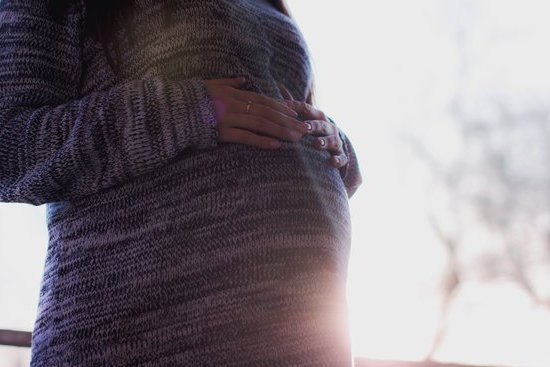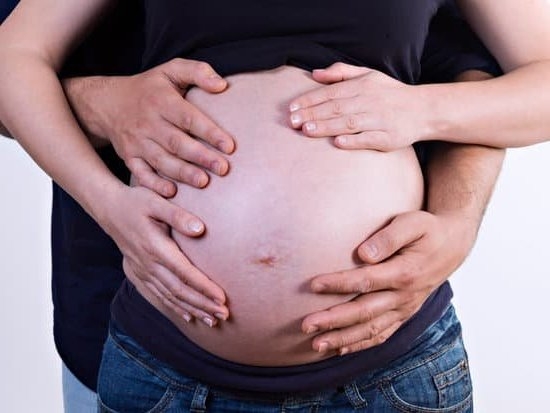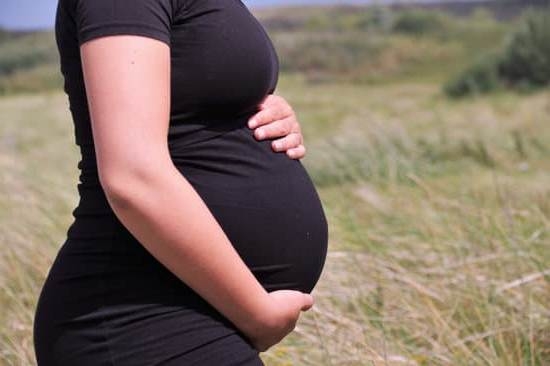## Dropped Belly Pregnancy
Although a new and exciting time, pregnancy can also often come with niggling physical sensations and changes. One of these is Known as ‘dropped belly’, or diastasis recti, and can affect up to two thirds of all pregnant women.
### What is Dropped Belly?
Diastasis recti, or ‘splitting of the abdominal muscles’, is more commonly known as ‘dropped belly’. It is a condition experienced by many pregnant women whereby, as your baby grows, the right and left muscles at the front of your abdomen gradually separate, due to the strain on your abdomen caused by the growth of your baby and the stretching of the skin. This separation can cause a range of minor issues, such as lower back and pelvic pains.
### Causes of Dropped Belly
* There is no single cause of diastasis recti, and therefore ‘dropped belly’.
* Your age, and any pre-existing medical conditions can have an impact, as can the size of your baby.
* The physical strain of carrying an extra load causes the tendency for the muscles to separate as there is more strain on the abdomen.
* Coughing and sneezing can worsen the symptoms.
### Symptoms
* The main symptom of diastasis recti is a visible bulge or ‘gap’ between the two abdominal muscles.
* You may also experience back and pelvic pains, as the condition can cause a misalignment of the spine.
* It is normal to experience some discomfort, although you should seek medical attention if this increases.
### Prevention
* Exercise & Prenatal Yoga: Some forms of exercise, such as prenatal yoga, can help prevent diastasis recti by strengthening the abdominal muscles.
* Good Posture: Maintain good posture as much as possible and avoid movements that involve twisting or straining your core.
* Supportive Clothing: Wear clothes that offer sufficient support and don’t put too much pressure on the abdominals.
### Treatment
* Rest: Relax and rest as much as possible, which can help improve the severity of the condition.
* Abdominal Reinforcement: Exercise can help relieve symptoms and reduce the severity of diastasis recti.
* Pelvic Tilts & Bridges: Pelvic tilts and bridges can help strengthen the pelvic floor, as well as taking pressure off the abdominal muscles.
* Pilates & Yoga: Many pregnant women find Pilates and yoga beneficial as these exercises focus on strengthening the abdomen and pelvic floor.
Diastasis recti can be a minor issue, however if the symptoms become more severe or painful you should seek medical advice. The condition is most often benign and can be managed with lifestyle changes such as rest, exercise, and supportive clothing.

Welcome to my fertility blog. This is a space where I will be sharing my experiences as I navigate through the world of fertility treatments, as well as provide information and resources about fertility and pregnancy.





